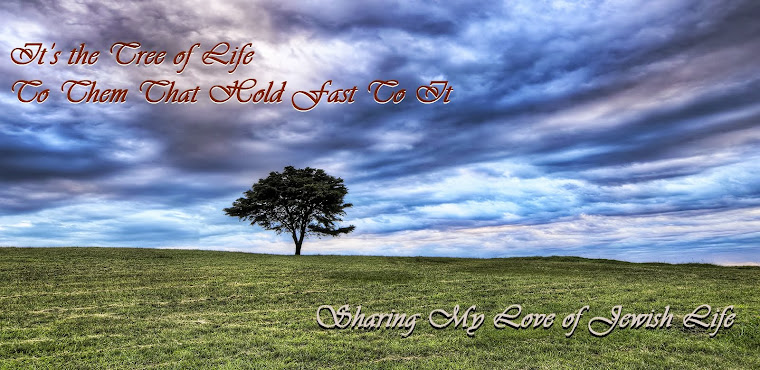Perhaps the most honest statement a person today could express about this week’s parsha, and many of the parshios in Sefer Vayikra, is a confession of ignorance. We can imagine the sensations of holiness. We can conceptualize the ebb and flow of the offerings. We can discuss every detail of the necessary prayers and rituals. But, in truth, for most of us of the modern era (and even the not so modern era), the actuality of bringing live animals to a priest for him to slaughter and cut up and burn is extremely foreign. Indeed, as residents of a Western culture, one might even feel a negative taint to the concept - perhaps because we have come so far from being an agrarian society.
So what can one share in a Dvar Torah
on the parshios of Sefer Vayikra? The sanctified rituals of the holy offerings
may be distant from us, but the work of avodah is not. We may not serve Hashem
in the same way as our ancestors, but we dedicate ourselves to His service in ways
unique and significant to our own generation.
Parshas Tzav includes a description of
Aaron and his sons’ investiture into the priesthood. This meant Moshe dressing
them in their special garments and anointing them. This meant Moshe preparing
offerings and burning them. This meant Moshe anointing the priests again, this
time with oil mixed with blood from the altar, before they then consume the sacrificial
meats.
The investiture of Aaron and his sons
into the priesthood meant Aaron and his sons being instructed to remain in the
Ohel Moed for seven days: “…until the day of the completion of your investiture
days, he will inaugurate you for seven days. Everything done today, Hashem has commanded to be done [seven days], to
make expiation for you. You shall remain at the entrance of the Tent of Meeting
day and night for seven days, keeping Hashem’s charge—that you may not die—for
so I have been commanded.” (8:33-35).
In
order for Aaron and his sons to go through the full process of investiture, to achieve
the full level sanctification, they must repeat the process dictated in Parshas
Tzav for seven days. This week-long preparation resonates in particular at this
time of year when our lives are full of preparation and repetition. Clean a
room, and clean it again, and clean it again until the final check. Detailed preparation
and waiting… waiting to get to a point of being able to perform our ritual celebrating
the freedom of becoming Avdei Hashem.
Our
avodah, particularly at this time of year, doesn’t necessarily feel like the
concept of avodah discussed in the Torah. We talk about our tefilla being the equivalent
to the avodah in the Beis Hamikdash. That is avodah as service, but avodah also
means work. In the first half of Nissan, whether you are working on preparing
your house or reviewing and mastering all of the laws of the holiday, the work
is real, and real work can feel tedious and repetitive, especially when one
studies the same texts year after year. But such repetitiveness plays an
important role in our preparations.
Aaron and his sons spent seven days going
through the same service in order to prepare themselves to be the spiritual
leaders of klal Yisrael. Every day they were dressed in their vestements, and
everyday they listened to Moshe instruct them on the rites of the sacrifice,
and everyday they ate the meat of the sacrifices that Moshe brought. These were
men chosen out for their spiritual greatness. These were people who had already
been working on preparing themselves for their roles. How easy it would have been for them to get
frustrated at the repetition of their passive roles during these seven days. “And Aaron and his sons did all the things that
Hashem had commanded through Moses” (8:36).
The process of preparation has
its own level of significance and importance. For each day that they stayed in
the Ohel and repeated the process of the day before, they garnered a more
profound understanding of their responsibilities. Preparation is never just a
means to an end, but rather a process unto itself. It may get frustrating. It
may be challenging. But it must be viewed for its own inherent purpose and
benefit.
There are many people who
rejoice at the idea of going away for Pesach. The idea of not spending hours
cleaning multiple rooms or “turning over” the kitchen seems enviable, and yet
there are few Jews one would meet who do nothing to prepare their homes,
because the process, too, is part of the celebration.
Wishing you all a good Shabbas,
and a Pesach that is kasher and sameach and spiritually uplifting.
